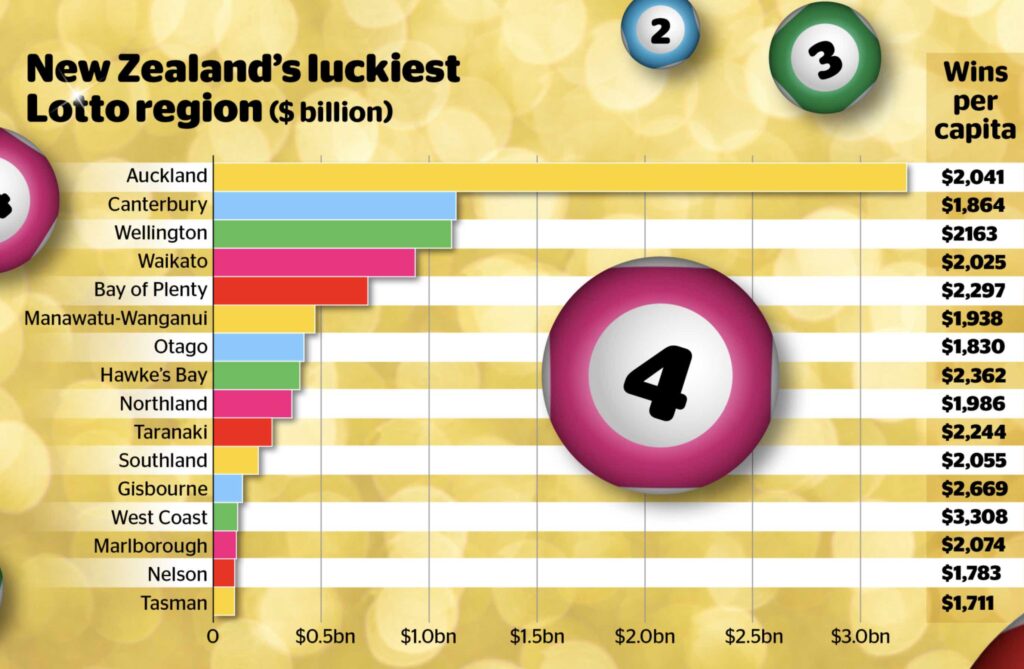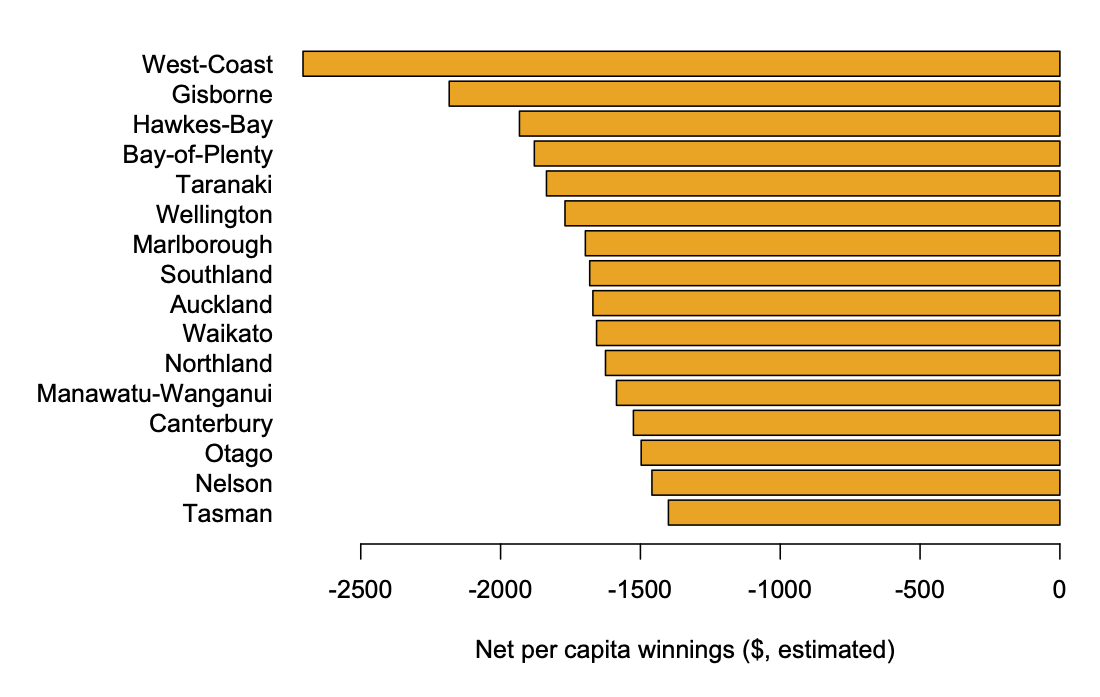Mitre 10 Cup Predictions for Round 5
Team Ratings for Round 5
The basic method is described on my Department home page.
Here are the team ratings prior to this week’s games, along with the ratings at the start of the season.
| Current Rating | Rating at Season Start | Difference | |
|---|---|---|---|
| Tasman | 13.94 | 15.13 | -1.20 |
| Auckland | 8.13 | 6.75 | 1.40 |
| Canterbury | 7.84 | 8.40 | -0.60 |
| Wellington | 7.33 | 6.47 | 0.90 |
| Bay of Plenty | 4.33 | 8.21 | -3.90 |
| Waikato | 3.12 | 1.31 | 1.80 |
| North Harbour | 1.89 | 2.87 | -1.00 |
| Hawke’s Bay | 1.64 | 0.91 | 0.70 |
| Taranaki | -4.12 | -4.42 | 0.30 |
| Otago | -4.99 | -4.03 | -1.00 |
| Northland | -6.79 | -8.71 | 1.90 |
| Counties Manukau | -9.13 | -8.18 | -1.00 |
| Southland | -10.11 | -14.04 | 3.90 |
| Manawatu | -12.96 | -10.57 | -2.40 |
Performance So Far
So far there have been 28 matches played, 17 of which were correctly predicted, a success rate of 60.7%.
Here are the predictions for last week’s games.
| Game | Date | Score | Prediction | Correct | |
|---|---|---|---|---|---|
| 1 | Bay of Plenty vs. Auckland | Oct 02 | 16 – 20 | -0.20 | TRUE |
| 2 | Counties Manukau vs. Manawatu | Oct 03 | 36 – 30 | 7.00 | TRUE |
| 3 | Northland vs. Taranaki | Oct 03 | 35 – 25 | -1.20 | FALSE |
| 4 | Canterbury vs. Wellington | Oct 03 | 31 – 26 | 3.10 | TRUE |
| 5 | North Harbour vs. Tasman | Oct 04 | 40 – 24 | -12.50 | FALSE |
| 6 | Southland vs. Waikato | Oct 04 | 9 – 10 | -11.70 | TRUE |
| 7 | Otago vs. Hawke’s Bay | Oct 04 | 9 – 28 | -1.30 | TRUE |
Predictions for Round 5
Here are the predictions for Round 5. The prediction is my estimated expected points difference with a positive margin being a win to the home team, and a negative margin a win to the away team.
| Game | Date | Winner | Prediction | |
|---|---|---|---|---|
| 1 | Manawatu vs. Canterbury | Oct 09 | Canterbury | -17.80 |
| 2 | Taranaki vs. Auckland | Oct 10 | Auckland | -9.20 |
| 3 | Wellington vs. Otago | Oct 10 | Wellington | 15.30 |
| 4 | Waikato vs. Counties Manukau | Oct 10 | Waikato | 15.20 |
| 5 | North Harbour vs. Hawke’s Bay | Oct 11 | North Harbour | 3.30 |
| 6 | Tasman vs. Bay of Plenty | Oct 11 | Tasman | 12.60 |
| 7 | Northland vs. Southland | Oct 11 | Northland | 6.30 |



Recent comments